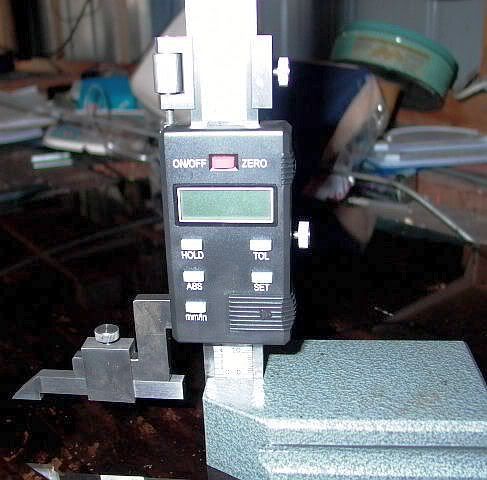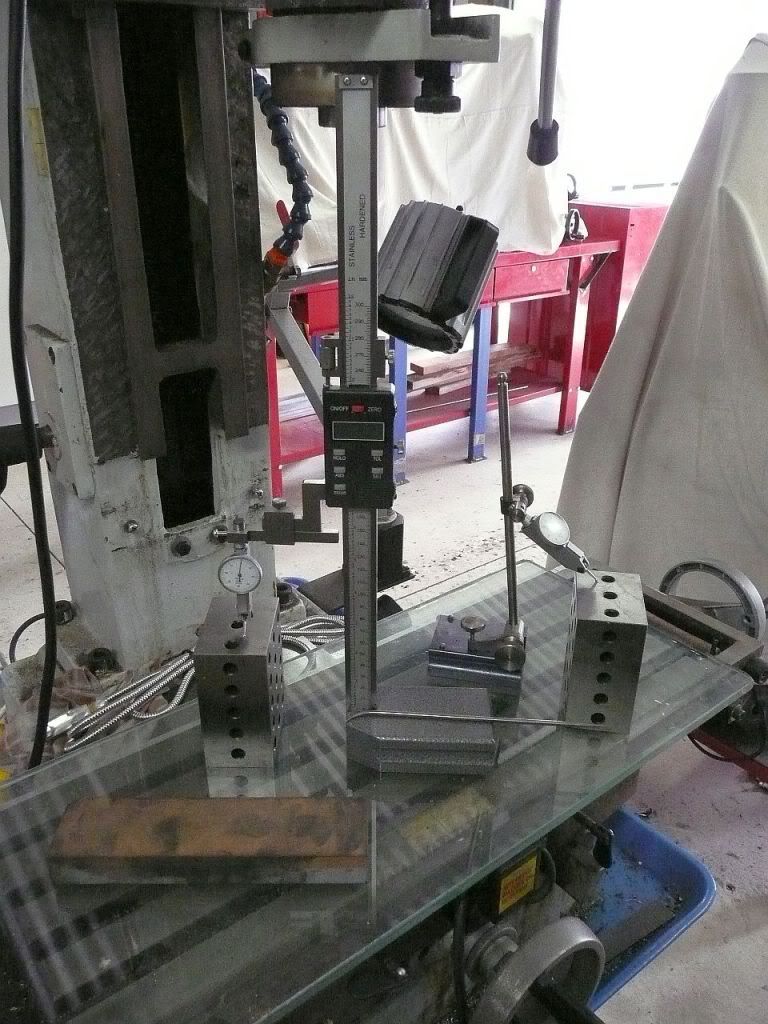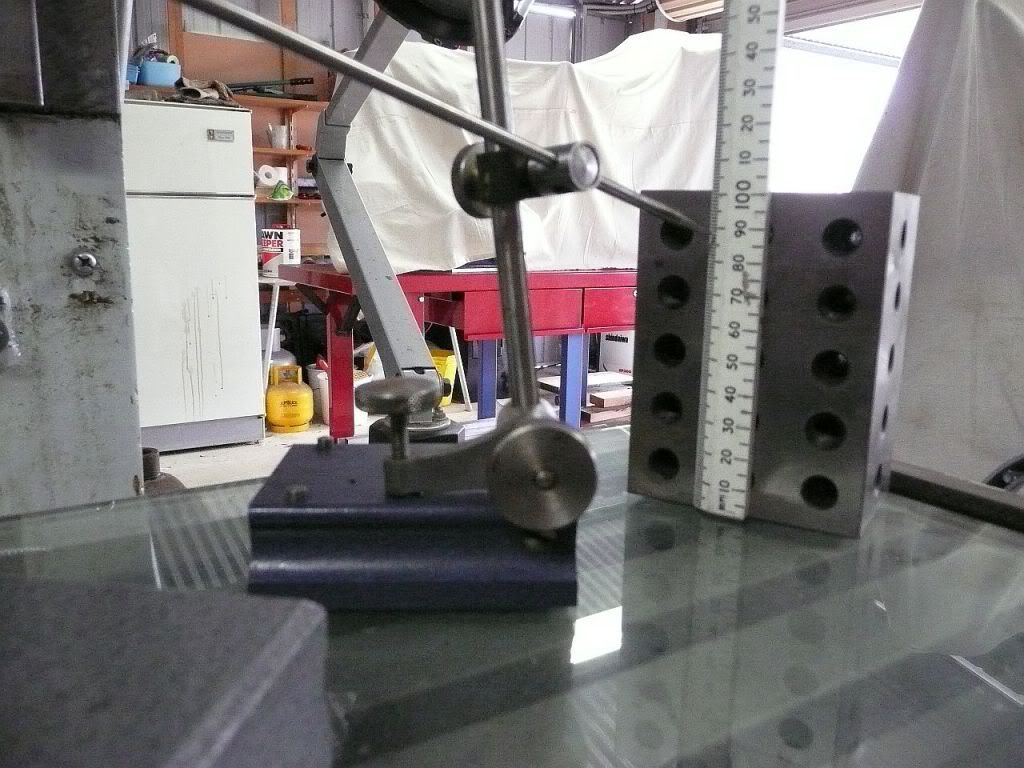Someone was asking what the flatness tolerance for the different grades of surface plates.
Here's the flatness tolerance formula:
• Laboratory Grade AA: (40 + diagonal [in inches] of surface plate squared / 25) x 0.000001 inches.
• Inspection Grade A: Laboratory Grade AA x 2
• Inspection Grade B: Laboratory Grade AA x 4
Source: http://www.mahr.com/index.php?NodeID...Language=EN-US
Here's the flatness tolerance formula:
• Laboratory Grade AA: (40 + diagonal [in inches] of surface plate squared / 25) x 0.000001 inches.
• Inspection Grade A: Laboratory Grade AA x 2
• Inspection Grade B: Laboratory Grade AA x 4
Source: http://www.mahr.com/index.php?NodeID...Language=EN-US
.png)

 Dangit! You made me blow a swig of adult bevarage all over my monitor with that one.
Dangit! You made me blow a swig of adult bevarage all over my monitor with that one.






Comment